Ski straps may seem like a minor accessory, but they’re a game-changer for anyone dealing with winter gear - especially compact skis like Snowfeet* Skiblades and Skiskates. These lightweight, durable bands keep your skis secure, protected, and easy to carry. Without them, your gear risks scratches, edge damage, and unnecessary wear during transport or storage.
Why You Need Ski Straps:
- Protect Your Gear: Prevent scratches and dents caused by skis rubbing against each other.
- Make Carrying Easier: Bundle skis into a single, manageable unit for hassle-free transport.
- Stay Organized: Keep skis neat and secure, whether in your car, garage, or backpack.
Snowfeet* ski straps are designed specifically for short skis, offering a snug fit and extra protection. They’re affordable (around $6–$9) and built to last with durable materials like UV-resistant polyurethane and padded interiors.
If you’re into compact skiing gear, ski straps are a must-have. They simplify storage, protect your investment, and make your winter adventures smoother. Let’s dive into how they work and why they’re perfect for Snowfeet* users.
SkiTalk.com Tech Tip | How & why to use your ski straps
Key Benefits of Ski Straps for Snowfeet* Products

Snowfeet* gear is all about adventure and convenience. Its compact design makes it super portable, but it also means you’ll be handling it more often compared to traditional skis. That’s where ski straps come in - they protect your gear, make carrying it easier, and keep storage hassle-free. Let’s break it down.
Protecting Your Snowfeet* Gear
Believe it or not, the biggest risk to your Snowfeet* skis isn’t the slopes - it’s the trip to and from them. Without straps, sharp edges can scratch the bases or mess up the wax coating, leaving your skis vulnerable to wear and tear.
Good ski straps are like a safety cushion for your gear. Many come with foam or tough rubber padding that keeps the sharp metal edges from making direct contact with the bases. This little bit of separation goes a long way in preserving your skis’ precision-ground surfaces.
"Our foam carrier strap keeps sharp ski edges from scratching." - UTAHSKIGEAR.COM
If you’re someone who carries your Snowfeet* by hand or stuffs them into a backpack, this extra layer of protection is essential. It helps prevent damage caused by constant movement and jostling during transport.
Making Portability Even Easier
One of the best things about Snowfeet* products is how portable they are. They’re small enough to fit in a backpack and light enough to carry easily. Ski straps make this even better by keeping your skis securely bundled together.
When strapped, your Snowfeet* skis become a single, compact unit that’s easy to grab and carry. This is especially useful in crowded parking lots, busy lodges, or on narrow trails. Plus, the straps stop your skis from sliding apart or tangling, making transport safer and way less of a headache.
Keeping Storage Clean and Safe
Unstrapped skis can quickly turn into a cluttered mess. Even though Snowfeet* skis are compact, they can still spread out and take up more space than you’d expect if they’re not secured.
Ski straps solve this problem by keeping your skis neatly bundled, whether they’re in a closet, garage, or car trunk. This not only saves space but also prevents them from falling over or sliding around. And if you’re transporting them in your car, strapped skis are much safer - they’re less likely to become dangerous projectiles during sudden stops or accidents.
At home, strapped skis are easier to manage and keep organized, so you’re ready to grab them and go whenever the mountains call.
Why Snowfeet* Ski Straps Beat Traditional Options
Standard ski straps for full-size skis just don’t cut it when it comes to compact Snowfeet* models. These straps are specifically crafted to meet the needs of short skis, offering a better fit and greater convenience for Snowfeet* users.
Designed for Short Skis
Most generic ski straps are made for skis in the 160–180 cm range. When paired with Snowfeet* short skis (38–120 cm), they leave too much slack, which means they don’t hold securely. Snowfeet* ski straps, however, are tailored to fit the shorter length and unique binding placement of these skis, giving you a snug and dependable hold.
Lightweight and Simple to Use
Made with lightweight materials and easy-to-use fastenings, Snowfeet* straps make securing your skis quick and hassle-free. Perfect for when you’re on the go and don’t want to waste time fiddling with gear.
Durable Materials for Long-Term Use
Snowfeet* straps are built to last. Using high-quality materials and precision stitching, they’re tough enough to handle frequent use. They maintain their elasticity and grip over time, ensuring your skis stay protected trip after trip.
These thoughtful features make Snowfeet* ski straps a smart choice for anyone looking to keep their short skis secure and ready for action.
How to Choose the Right Ski Straps for Your Snowfeet* Gear
Keeping your Snowfeet* gear secure and easy to carry is all about picking the right ski straps. It’s a simple choice, but the right straps can make a big difference in protecting your gear and ensuring portability.
Best Snowfeet* Strap Options
Snowfeet* gear comes in different sizes, and each model benefits from straps tailored to its specific design and dimensions. Here’s a quick breakdown:
- Snowfeet* Mini Ski Skates (38 cm) and Snowfeet* PRO (50 cm): These compact models work best with straps that have a snug adjustment range. This ensures a tight grip without any slack.
- Skiskates (44 cm) and Skiblades (65 cm): With their wood core construction and slightly wider profiles, these models need straps with reinforced contact points to protect the ski edges and reduce wear over time.
- Longer Models (Skiblades 99 cm, Snowfeet* POWDER 99 cm, and Short Skis 120 cm): For these, go for straps with a wider adjustment range. They should also accommodate the specific binding placements and geometry of these skis.
Key Features to Look For
When choosing straps for your Snowfeet* gear, keep an eye out for these important features:
- Padding: Neoprene or foam padding is a must. It protects your skis from scratches and evenly distributes pressure, preventing damage to the edges and surface.
- Adjustability: Look for straps that are easy to tighten, even when your fingers are cold or you’re wearing gloves. Quick-release buckles are often more practical in winter conditions than traditional cam buckles.
- Durable Materials: The webbing should be strong enough to handle the weight of your skis without stretching or fraying. Reinforced stitching at stress points adds extra durability for long-term use.
- Grip Strips: Straps with interior grip strips help keep your skis from sliding around during transport. This feature is especially handy for shorter Snowfeet* models, which can sometimes shift more easily.
If you’re heading out on longer treks or need extra stability, consider using more than one strap.
When to Use Multiple Straps
While a single strap is usually enough, there are times when doubling up is a smart move. For example:
- Air Travel: Two straps can help secure your gear better and distribute the load more evenly during transport.
- Extended Hikes: Longer models like the 99 cm Skiblades or 120 cm Short Skis benefit from dual straps. The extra strap reduces bouncing and makes carrying them more comfortable.
- Backcountry Adventures: If you’re heading off the beaten path, multiple straps can improve stability and make your gear easier to manage over long distances.
sbb-itb-17ade95
Comparison: Snowfeet* Ski Straps vs Traditional Ski Straps
Let’s break down how Snowfeet* ski straps stack up against traditional ski straps, especially considering the unique needs of short skis.
Short skis like Snowfeet* demand a different approach to securing them. Traditional ski straps, built with longer skis in mind, often struggle to hold compact equipment securely. That’s where Snowfeet* straps shine - they’re specifically designed with short skis in mind.
- Snug Fit and Quick Adjustments: Snowfeet* straps are easy to adjust, even with gloves on. Traditional straps? Not so much. They can be a hassle, especially in cold conditions.
- Lightweight Materials: Snowfeet* straps are made from lightweight materials, making them easy to handle and carry. On the other hand, traditional ski straps use heavier materials to support full-length skis, which can feel bulky and unnecessary for short skis.
In short, Snowfeet* straps are portable, secure, and easy to use. They’re a perfect match for your Snowfeet* gear, offering clear advantages over generic straps designed for longer skis.
Caring for Your Ski Straps and Snowfeet* Gear
Taking care of your ski straps and Snowfeet* gear is a breeze. Unlike traditional long skis that require detailed upkeep, short skis and their accessories are much simpler to maintain. Their compact design and fewer components make the process quick and hassle-free.
Your ski straps play a vital role throughout the season, keeping your gear secure during trips to the slopes, car rides, and storage. Giving them a little attention ensures they stay in top shape, and maintaining both your straps and Snowfeet* gear takes just a few minutes at the end of the season.
Cleaning and Storing Your Ski Straps
Ski straps can pick up dirt, salt, and moisture during use, so cleaning them before storing is key. Use a damp cloth to wipe them down, especially if you’ve been skiing in areas treated with de-icing salt, as salt can damage both the materials and buckles.
Once cleaned, let the straps air-dry in a cool, shaded spot. Avoid exposing them to direct sunlight or heat, which can weaken the materials or fade the colors. When they’re completely dry, store them in a gear bag or box where they won’t get crushed or tangled with other items.
While cleaning, take a moment to check the buckles and adjustment mechanisms for wear or cracks. Snowfeet* straps are built to last, but spotting potential issues early can save you from bigger headaches later. This quick routine ensures your straps keep performing well and protecting your gear.
Keeping Your Short Skis in Good Shape
Maintaining your short skis is just as simple. Start by wiping them down with a damp cloth to remove dirt and salt. Then, let them air-dry completely in a cool, dry place, away from sunlight, to prevent rust and material damage.
Inspect the ski edges for rust or burrs. If needed, smooth them out with a gummy stone or fine diamond file. Since Snowfeet* products are compact, keeping the edges in great condition is especially important for performance.
Apply a thick coat of all-temperature wax to the bases. This adds a protective layer, keeping the bases from drying out and guarding against rust or other offseason damage. Don’t forget to reduce the binding spring tension to its lowest setting for storage, and reset it before hitting the slopes next season.
When storing your skis, use your ski straps to secure them near the tip and tail. This keeps the edges slightly apart, reducing the risk of damage. Store them in a cool, dry, ventilated area, away from extreme humidity or temperature changes.
Thanks to their compact size, Snowfeet* gear takes up minimal space. You can tuck them into a closet, slide them under a bed, or stash them in a small corner of your garage - as long as the spot stays dry and temperature-stable. A little care goes a long way in extending the life of your skis and keeping your Snowfeet* gear performing at its best.
Conclusion: Why Ski Straps Matter
Ski straps are a game-changer when it comes to handling your Snowfeet* gear, making your time on and off the slopes much easier and more enjoyable.
Snowfeet* products already stand out for their compact design, but pairing them with quality ski straps takes things up a notch. These straps help protect your gear, keep it organized, and make transportation a breeze - whether you're navigating a busy ski lodge, packing your car, or stashing your skis for the off-season. They’re a small accessory with big benefits.
Key Benefits of Ski Straps
- Protection: They cushion your skis, helping prevent scratches, dents, and damage to the edges.
- Portability: Lightweight and easy to use, ski straps secure your short skis into one compact, easy-to-carry bundle.
- Storage: Strapped skis take up less space and stay neatly organized. Place one strap near the tips and another near the tails of your Snowfeet* gear for maximum security. Just make sure the straps are snug but not too tight to avoid putting unnecessary pressure on the edges. Keep them handy in a pocket or bag so you’re always prepared.
Snowfeet* ski straps strike the perfect balance between practicality and smart design, tailored to meet the specific needs of short ski enthusiasts.
With the right ski straps, your gear stays in top shape, ready for every adventure. Unlike traditional skiers who often wrestle with oversized equipment, Snowfeet* users enjoy a simpler, more efficient way to hit the slopes. Protect your gear, make carrying it easier, and keep everything organized with high-quality Snowfeet* ski straps. It’s a small investment for a smoother, stress-free winter sports experience.
FAQs
What makes Snowfeet* ski straps better for short skis compared to traditional ski straps?
Snowfeet* ski straps are made specifically for short skis like skiblades and skiskates, offering advantages you won’t find with regular ski straps. Thanks to their lightweight yet sturdy design, they’re easy to carry and handle - perfect for the compact size of Snowfeet* gear. Unlike traditional straps, which can be clunky and awkward, these straps fit snugly without adding extra weight or bulk.
They’re a great pick for beginners and casual skiers, boosting both portability and safety. The design focuses on convenience, making it simple to carry and store your short skis. Regular ski straps, built for larger and heavier skis, just don’t offer the same flexibility or practicality for smaller gear like Snowfeet*. If you need a strap that’s truly designed for short skis, Snowfeet* straps are the way to go.
What should I consider when selecting ski straps for my Snowfeet* gear to ensure they’re protective and easy to use?
When picking ski straps for your Snowfeet* gear, it’s all about finding features that match their compact and lightweight build. Start with adjustable straps - these ensure a snug fit around Snowfeet’s shorter skis, keeping them secure without slipping. Also, prioritize durable materials like reinforced nylon or neoprene to protect your gear from scratches and wear during transport.
For added convenience, go for straps with quick-release buckles or sturdy Velcro closures. These make fastening and removing a breeze. Lightweight, flexible straps are another smart choice, as they keep things portable and align perfectly with Snowfeet’s emphasis on agility. Unlike regular ski straps, Snowfeet-specific straps often come with unique clips or attachments tailored for a perfect fit, offering extra protection and ease when carrying your gear.
Can using more than one ski strap make it easier and safer to carry or store my Snowfeet* skis?
Using multiple ski straps can make a big difference when it comes to carrying or storing your Snowfeet* skis. By keeping your skis securely fastened, extra straps help prevent them from shifting around, rubbing against each other, or getting damaged. This is especially handy for Snowfeet* skis, which are compact and lightweight, making them perfect for portability.
Adding more straps also improves stability, making it easier - and more comfortable - to carry your skis, whether you're walking long distances or navigating through crowded areas. It's a game-changer for outdoor enthusiasts who like to attach their skis to backpacks or bikes for backcountry adventures. In short, multiple straps mean better protection, easier handling, and added convenience - the kind of practicality Snowfeet* is all about.







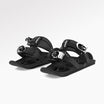

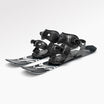
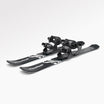

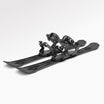

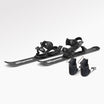






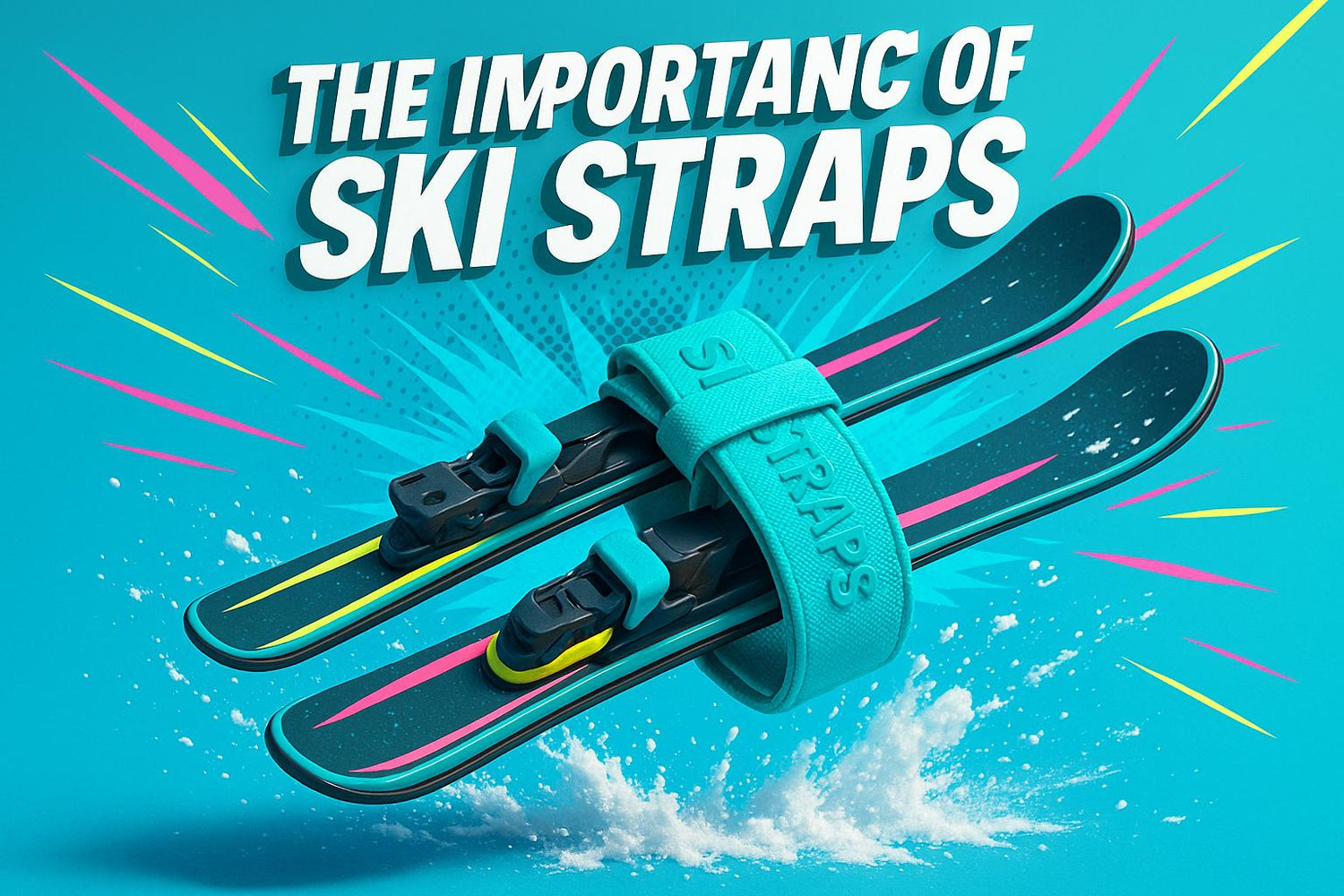
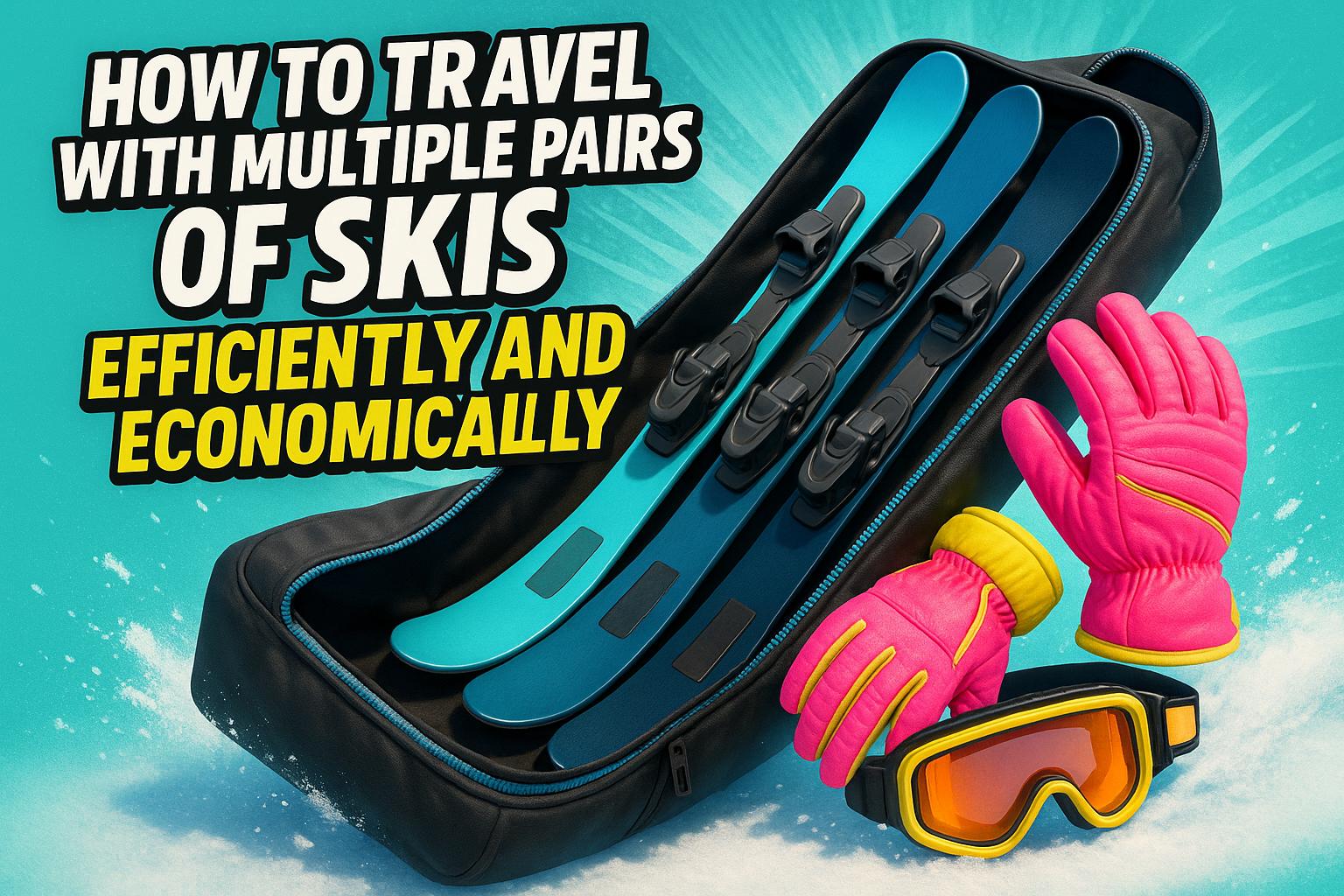


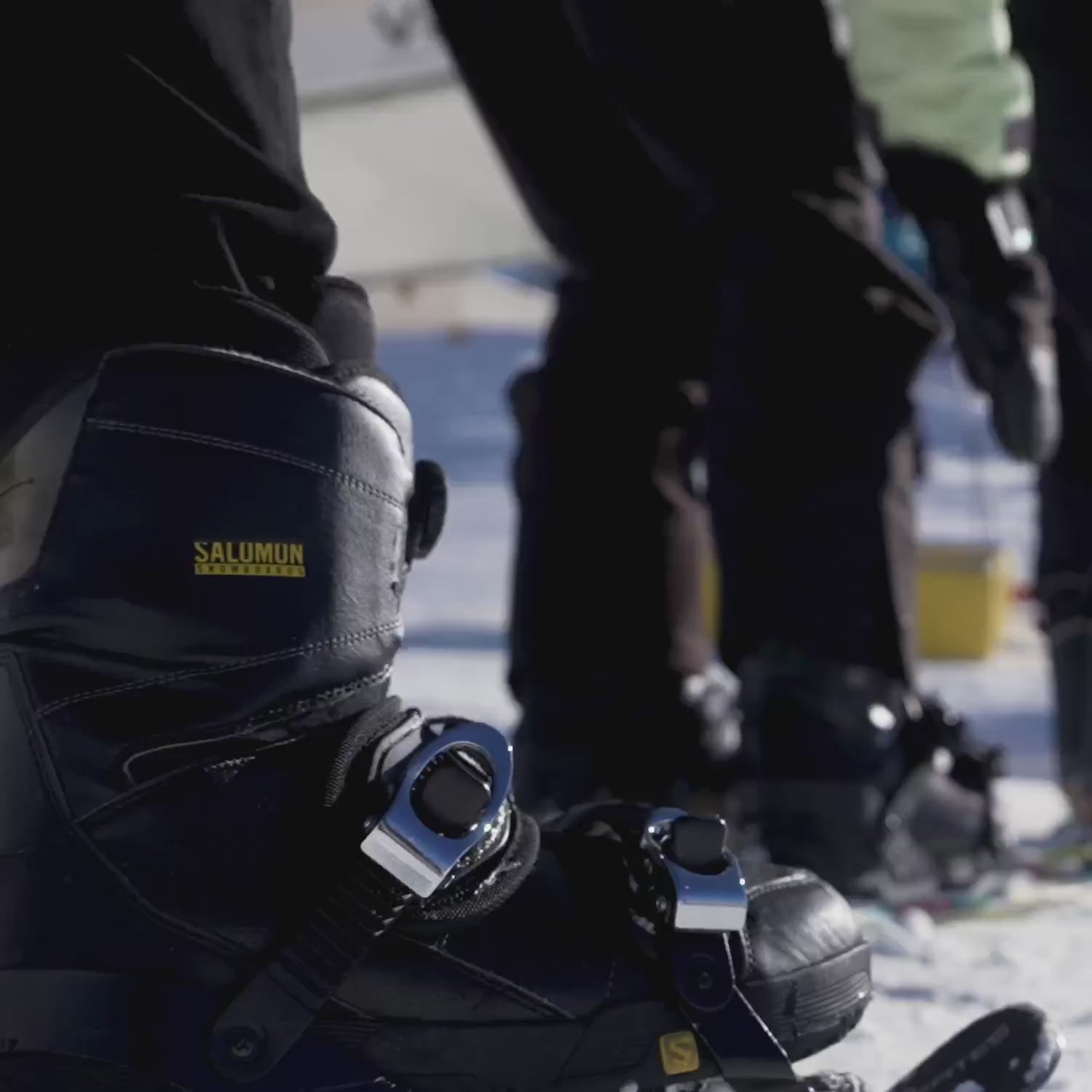

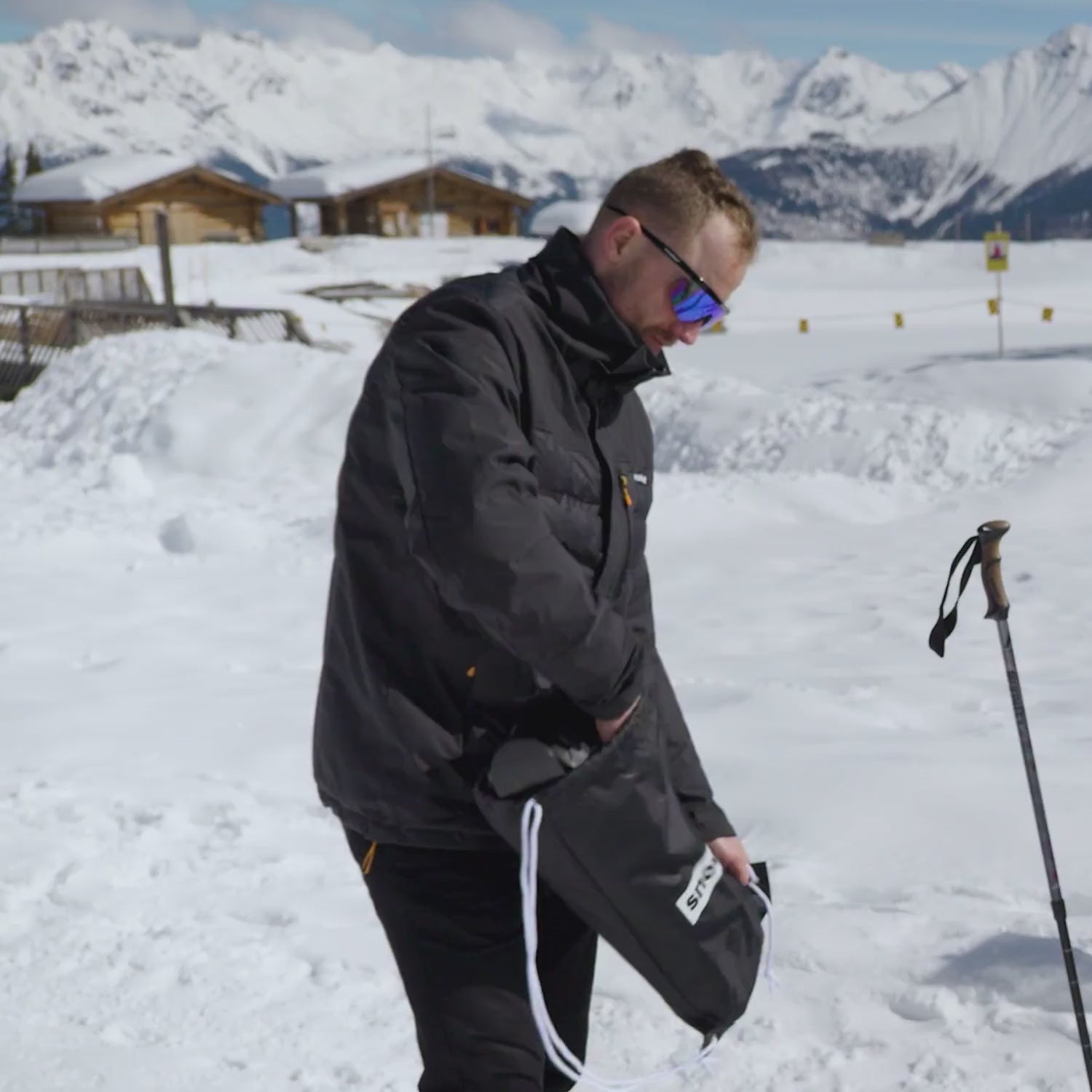
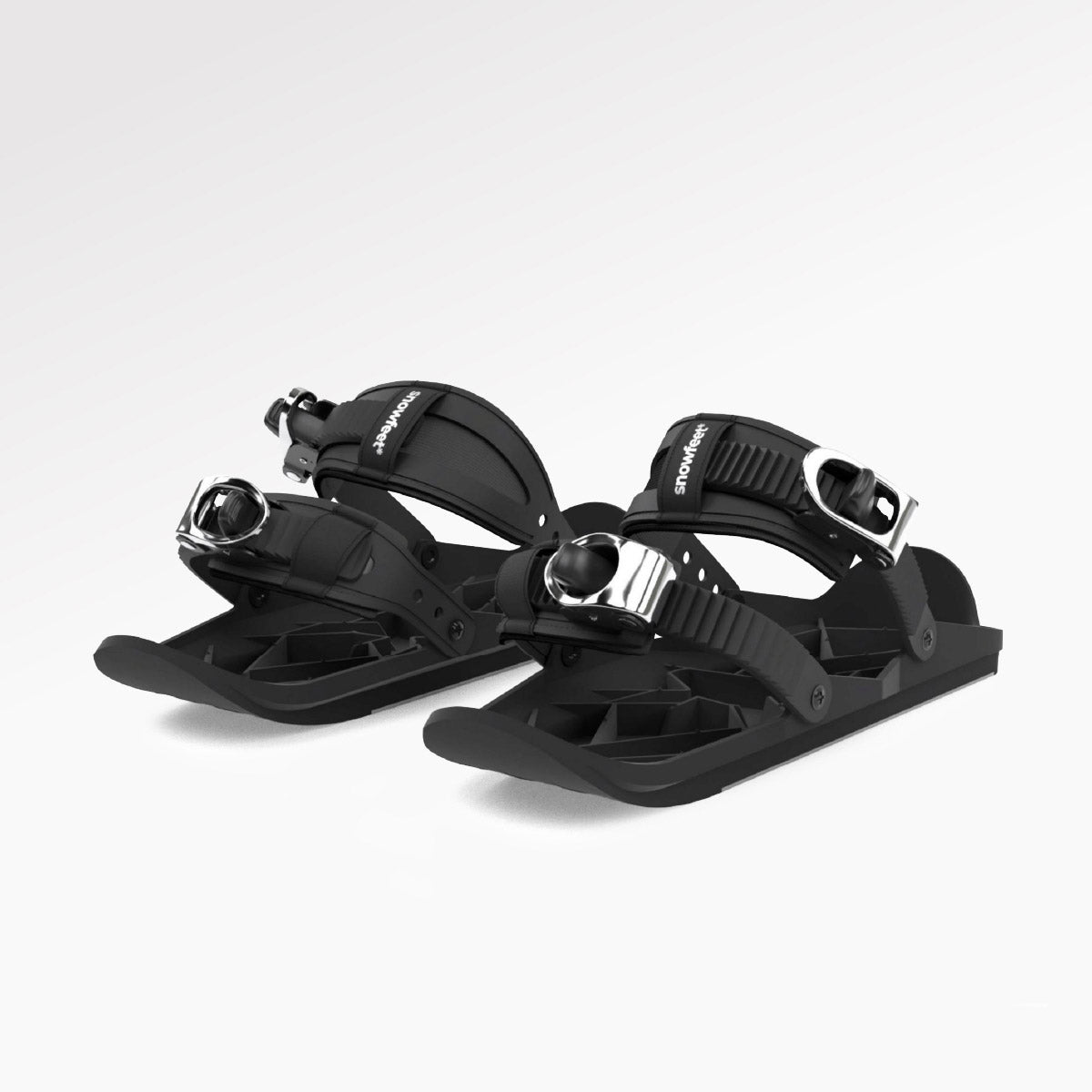
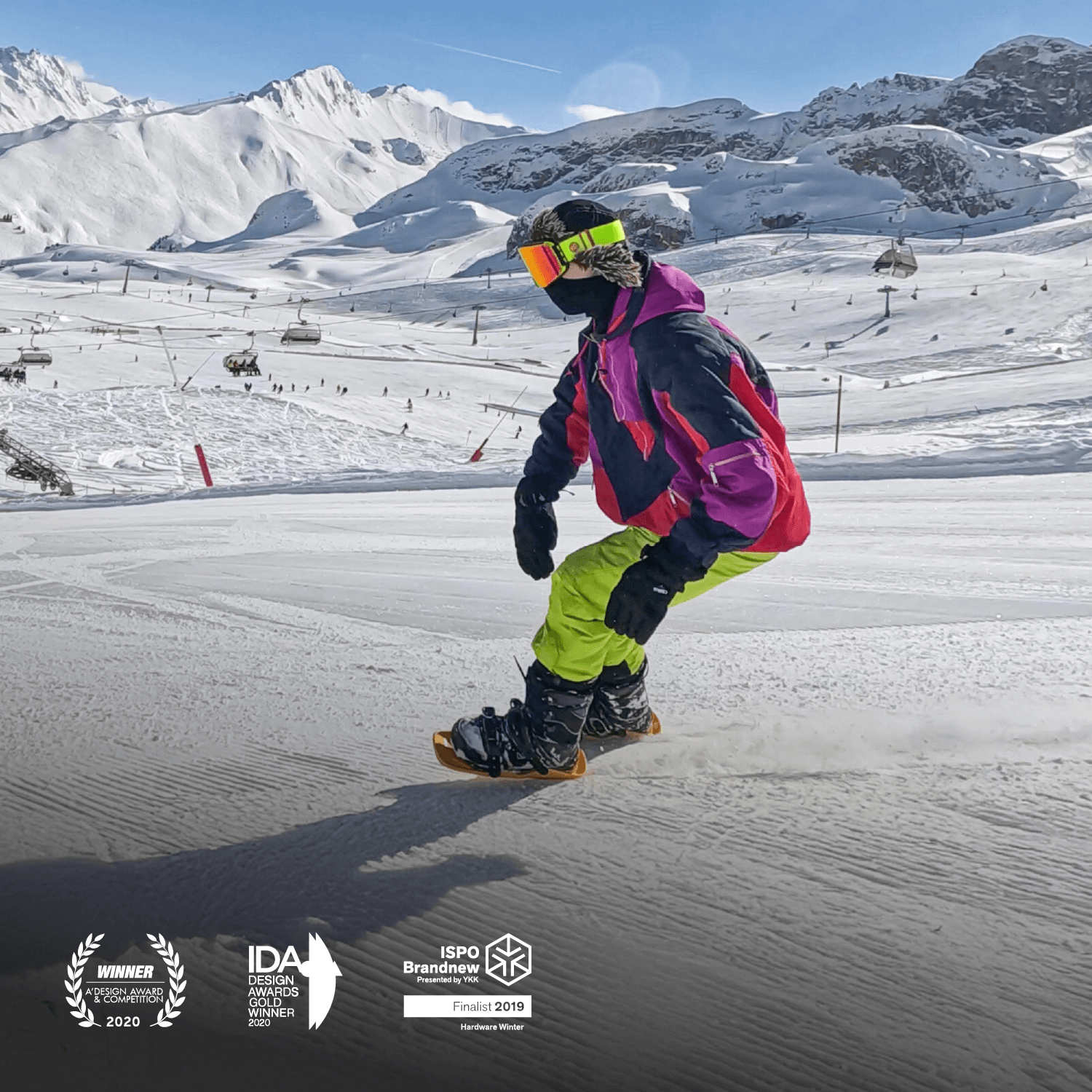
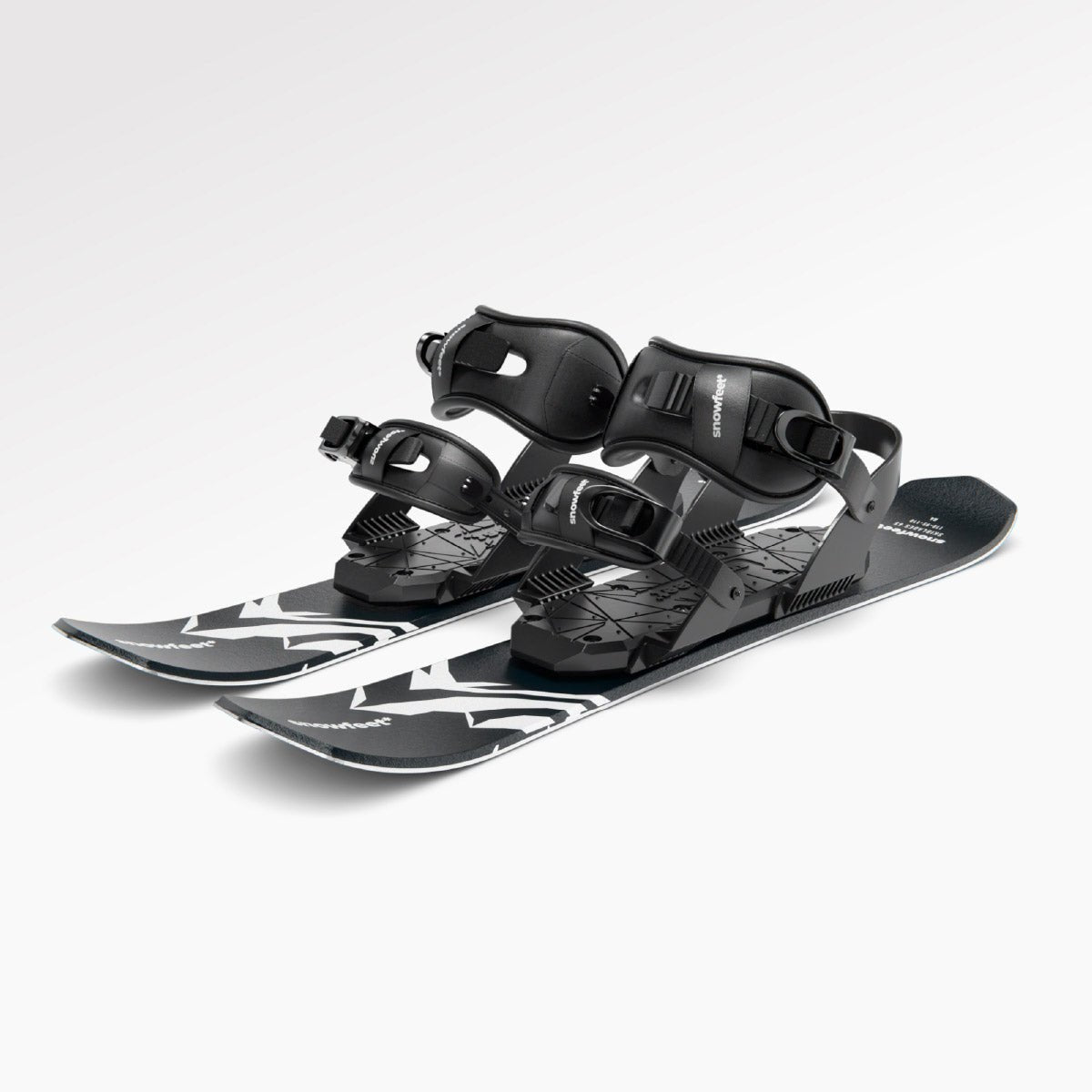
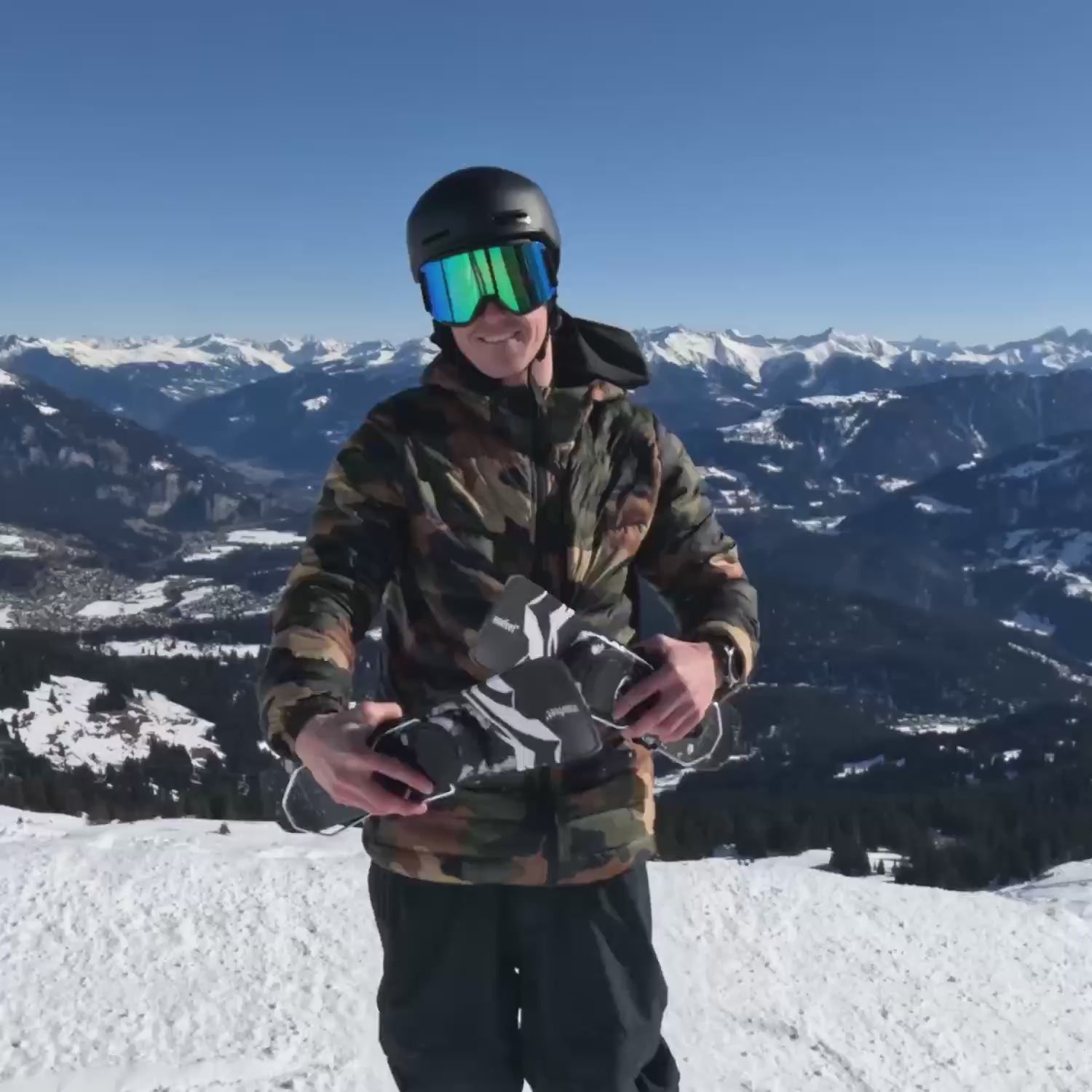
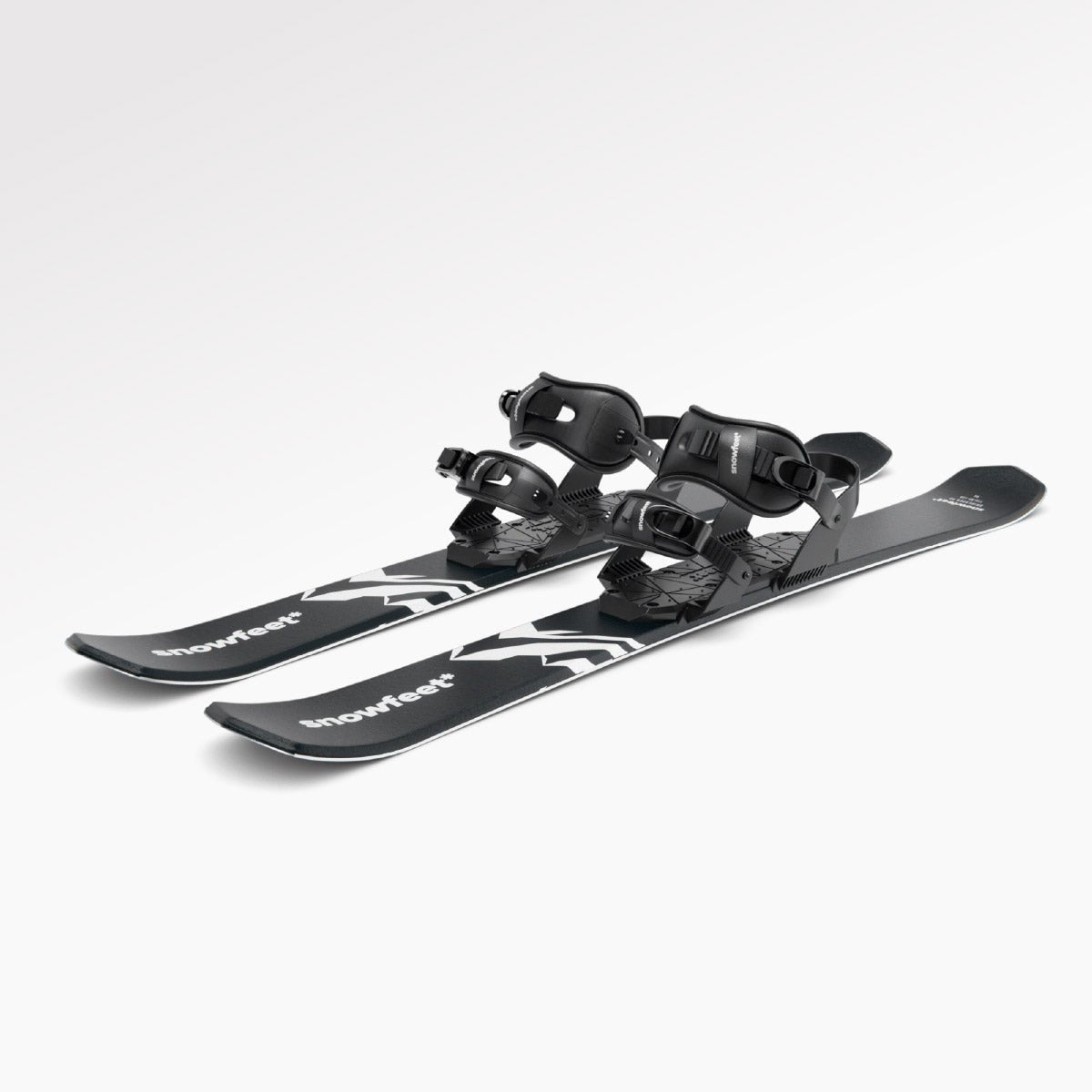
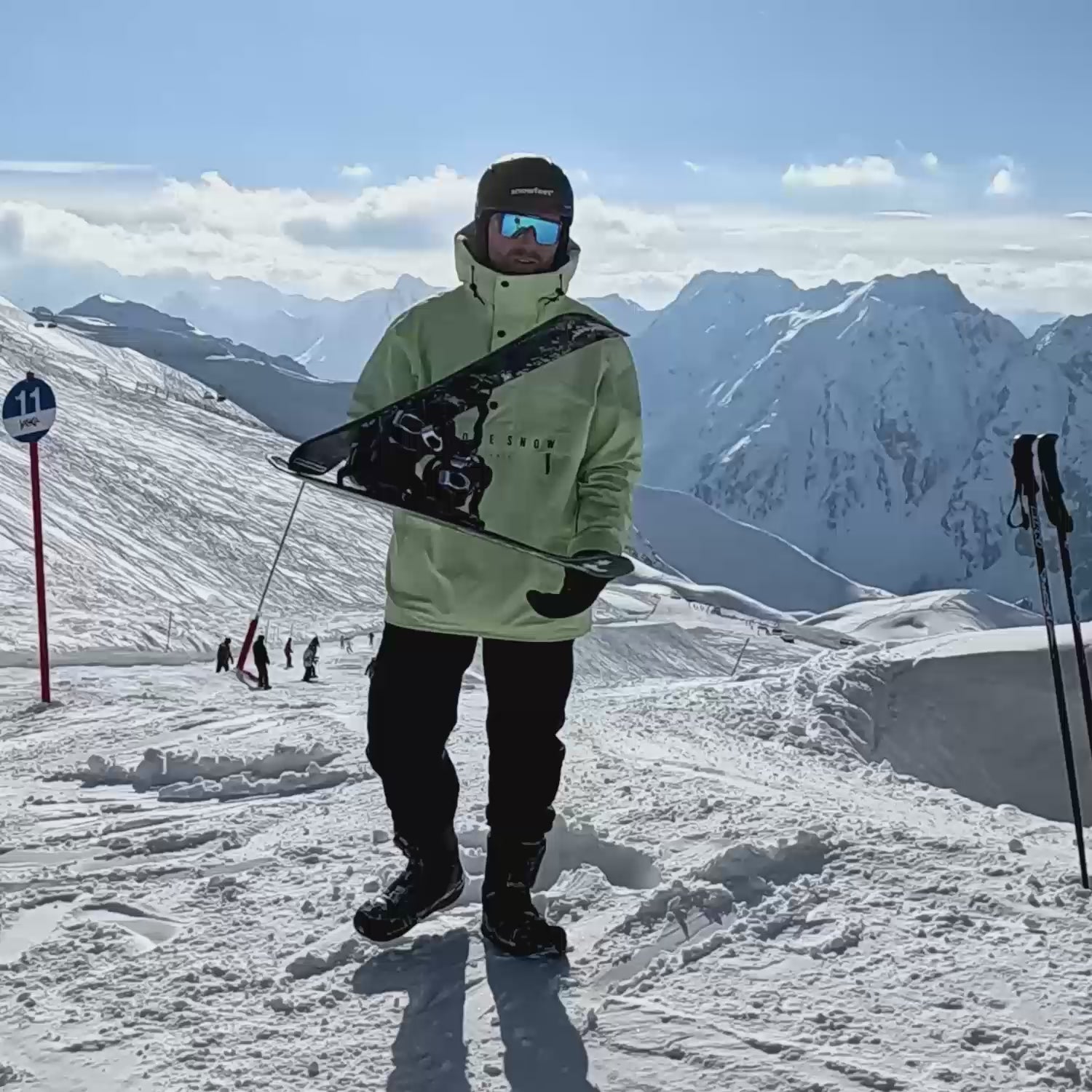
Leave a comment
This site is protected by hCaptcha and the hCaptcha Privacy Policy and Terms of Service apply.